Tag: study

Fluid Personalization and Vasopressor Decisions in Early Sepsis Management
In this randomized vignette survey study of US critical care clinicians, we found that fluid volume already received was associated with the largest changes in decisions to administer additional fluids or initiate vasopressors... read more

AKI Risk Factors in ICU Patients Using Colistin
Colistin, an antibiotic of polymyxin group, has recently been increasingly used in the treatment of multidrug resistant gram-negative bacteria. However, it has serious adverse effects such as acute kidney injury (AKI). We... read more

Clinical Outcomes in Critically Ill COVID-19 Unvaccinated Patients Admitted to the ICU
We analyzed unvaccinated critically ill ICU patients with COVID-19 and interpreted their demographics, clinical characteristics, comorbidities, and laboratory data upon ICU admission for a better understanding of their impact... read more

Haloperidol vs. Placebo in ICU Patients with Delirium
We assessed long-term outcomes in acutely admitted adult patients with delirium treated in intensive care unit (ICU) with haloperidol versus placebo. In acutely admitted adult ICU patients with delirium, haloperidol treatment... read more
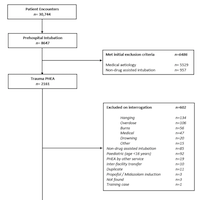
Critical Hypertension in Trauma Patients Following Prehospital Emergency Anesthesia
Delivery of prehospital emergency anesthesia (PHEA) to seriously injured trauma patients risks hemodynamic fluctuation. In adult trauma patients undergoing PHEA, 11.9% of patients experienced post-PHEA critical hypertension.... read more
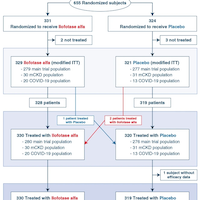
Ilofotase Alfa Doesn’t Improved Survival Among Critically Ill Patients with SA-AKI
Sepsis-associated acute kidney injury (SA-AKI) in patients admitted to an intensive care unit is associated with significant morbidity and mortality. There is currently no pharmaceutical treatment. Although we found no... read more
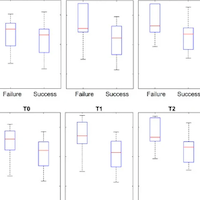
Efficacy of High-Flow Nasal Cannula Oxygen Therapy in Patients with AHRF
This study suggests that high-flow nasal cannula (HFNC) therapy in general respiratory wards may be a potential rescue therapy for patients with respiratory failure. Electrical impedance tomography (EIT) potentially monitors... read more
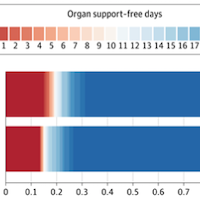
Intravenous Vitamin C for COVID-19 Patients
In hospitalized patients with COVID-19, vitamin C had low probability of improving the primary composite outcome of organ support–free days and hospital survival. Enrollment was terminated after statistical triggers... read more
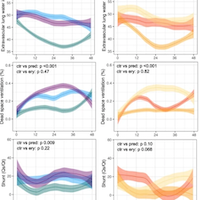
Oxygenation Improvement in Hyperinflammatory Ovine ARDS Treated with Methylprednisolone
Early and persistent improvement in oxygenation was seen only in hyperinflammatory ovine ARDS treated with methylprednisolone, while hemodynamic situation and survival was improved in both injury models and corticosteroid... read more
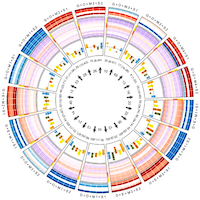
Uncovering Heterogeneity in Sepsis
Among critically ill patients with sepsis, subtype strategies using clinical, biomarker, and transcriptomic data do not identify comparable patient populations and are likely to reflect disparate clinical characteristics... read more

Pediatric Sepsis Phenotype with Persistent Hypoxemia, Encephalopathy, and Shock
We derived and validated the persistent hypoxemia, encephalopathy, and shock phenotype, which is highly reproducible, clinically relevant, and associated with HTE to common adjuvant therapies in children with sepsis. We... read more
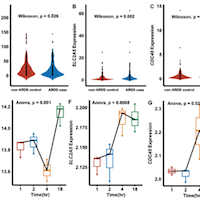
Genetic Causal Factors of ARDS
This comprehensive study highlights the importance of utilizing the MR-pheWAS framework in unraveling the complex etiology and pathogenesis of ARDS, and further underlines the value of integrating blood-based biomarkers into... read more

A Global Perspective on AKI After Major Surgery
Acute kidney injury (AKI) is an abrupt decline in kidney function occurring within hours or days. In patients having surgery, postoperative AKI is a major complication associated with adverse outcomes including mortality.... read more

COVID-19 Severity and 2-year Prevalence of Physical Symptoms
Although the persistence of physical symptoms after SARS-CoV-2 infection is a major public health concern, evidence from large observational studies beyond one year post diagnosis remain scarce. We aimed to assess the prevalence... read more




